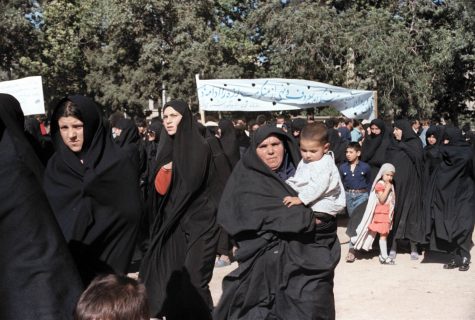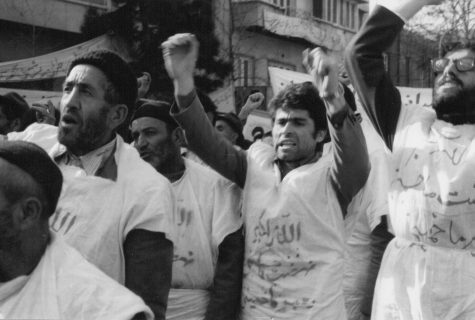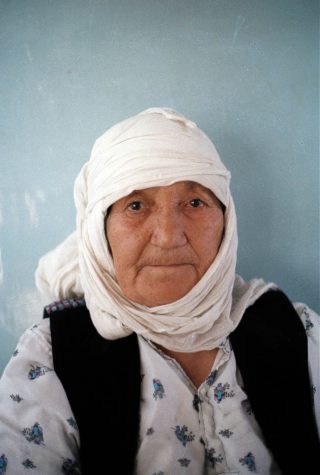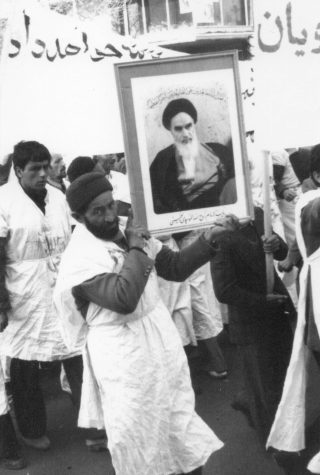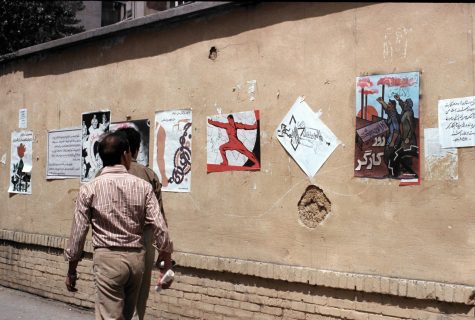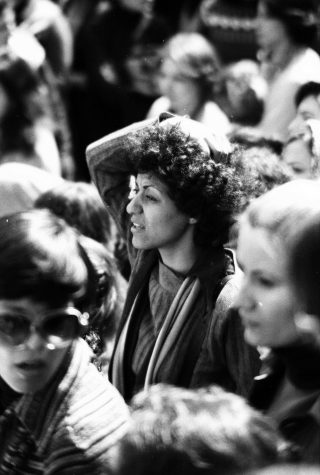In 1976, I – Annabelle, a British woman – moved to Iran with my Iranian husband Ali.
We lived and worked in Tehran where we enjoyed a wide circle of cosmopolitan friends of many nationalities.
A happy snapper, I took a lot of photographs which provide an interesting record of a unique period – 1978-1979 – when a population mobilised into revolution. There are an especially large number of images of women who played a significant role in the political mobilization.
Forty years on, I hope these images serve as a reminder of how the Iranian Revolution happened and what an important process it was, with enormous impact inside the country and outside. These images might also help make Iranians seem a little more familiar to Western eyes

Rural Life
Back then, the majority of the population was rural, with 64,000 villages. Only in 2008 did the urban population reach 50%. Many people were quite poor while stories of the "one thousand families" who were rich and powerful circulated widely.
View Rural LifePeople Mobilise
Street protests began in January 1978. If individuals were killed, the seventh and fortieth days became part of Shi'ite public mourning and renewed protests. The autumn of 1978 saw renewed vigour in public protest, escalating during Muharram, December 1978. While predominantly urban, the demonstrators came from all classes. Yet differences in style and political discourses were of course evident.
View People MobiliseRevolting Women
Different groups of women were active in demonstrations. It was suggested that some came on to the streets through the inducements of bags of rice or tins of oil. To begin with, many women on demonstrations were bare-headed but as the movement took on a more Islamic tone, women were required to cover our heads on demonstrations. At some demonstrations, men formed a ring of protection around the women protestors.
View Revolting WomenWalls tell a Story
As the political movement began to grow, so people discovered new tools to use to make their voices heard. City walls became a political canvas, with stencil art, posters, graffiti, bloody handprints producing a multi-layered wall hanging. Nightly, state services would come out and paint over much of the day's work, only for new slogans to have appeared by morning.
View Walls tell a StoryEnd Times
The end times were confusing. Vans and cars overflowing with young men waving guns and bandages would zoom down Tehran streets in one direction. Then the equivalent would zoom down in the opposite direction. Army trucks appeared with soldiers often waving to the crowds in solidarity. Rumours abounded yet information was scarce.
View End TimesAfter The Revolution
Politics did not end at the point of revolution although the new regime would have been pleased if everyone had just gone back to work. There were some significant events, including International Womens Day in March 2019 and the take-over of the American Embassy in November.
View After The Revolution

